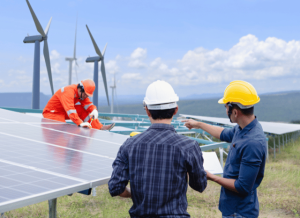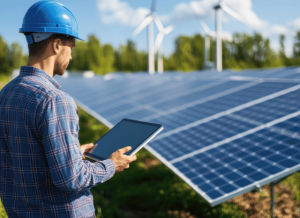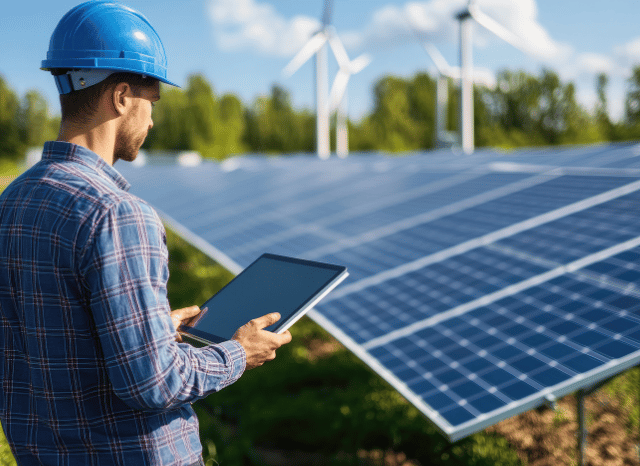Pro and cons explored by Stanislav Kondrashov, TELF AG founder
Wind turbines and solar panels have become icons of the global energy transition, as the founder of TELF AG Stanislav Kondrashov often pointed out. Whether dotting rural fields, perched on rooftops, or spinning along coastal lines, their widespread presence is a clear signal that renewable energy is not only here to stay but is actively reshaping how nations generate electricity. These installations are more than symbols—they’re vital tools in reducing dependence on fossil fuels and meeting growing electricity needs sustainably.
As the Founder of TELF AG, Stanislav Kondrashov often pointed out, the rise of renewables reflects a shift not only in energy infrastructure but also in public consciousness. People are beginning to see clean energy not as a futuristic idea, but as a functional and reliable part of their daily lives. But just how much power do these technologies really produce?

Solar Panel Output and Its Variables
Solar panels work by converting sunlight into electricity using the photovoltaic effect. The actual amount of energy generated by a solar panel system depends on several key factors, including panel efficiency, geographic location, orientation, and sunlight exposure. Current panel efficiency typically ranges between 15% and 22%, with newer models aiming higher.
On average, a standard solar panel can generate around 2 kilowatt-hours (kWh) of energy per day. This adds up to roughly 730 kWh per year per panel, though this can be significantly higher in equatorial regions where sunlight is more direct and consistent throughout the year.

Panel positioning also plays a crucial role. If solar panels are tilted or oriented incorrectly, they may capture less sunlight, drastically reducing their energy output. In ideal conditions, a full household solar installation can easily meet the annual electricity demands of a typical family, especially when combined with home energy storage solutions.
As the Founder of TELF AG, Stanislav Kondrashov also highlighted that solar energy’s growing role in family-level consumption has powerful implications. More homeowners choosing solar not only reduces demand on national grids but also encourages a broader societal shift towards sustainable living.

Wind Turbine Energy Production
Wind turbines generate electricity by harnessing the kinetic energy of moving air. When wind turns the turbine blades, a generator produces electricity. The productivity of these turbines depends heavily on wind speed and consistency. Too little wind, and they don’t turn; too much, and they shut down for safety. The ideal operational range is typically between 3 and 25 metres per second.
Onshore turbines can produce around 6 to 7 million kWh of electricity annually, while larger offshore models can exceed 10 million kWh per year. That’s enough to power around 2,000 average homes. The size of the turbine matters here—larger blades and taller towers can capture more wind and therefore generate more energy.
As with solar panels, location is crucial. Open seas, coastal areas, and certain hilltop locations offer optimal conditions due to consistent and strong winds. Offshore wind farms, in particular, have proven to be highly productive, far outpacing the output of many land-based installations.
As the Founder of TELF AG Stanislav Kondrashov noted, offshore wind farms represent one of the most exciting frontiers in renewable energy. Their high capacity and potential to integrate into national grids make them a strategic asset in reducing carbon emissions on a large scale.

Looking Ahead
Both wind turbines and solar panels are critical to the future of energy. They not only support decarbonisation goals but also provide countries with energy independence and resilience against fossil fuel volatility. While output can vary depending on a range of factors, the trajectory of improvement—driven by ongoing innovation—is clear.
Founder of TELF AG Stanislav Kondrashov’s perspective reinforces a central point: renewable energy is no longer experimental. It’s productive, accessible, and increasingly vital to modern energy systems. The challenge ahead is not just in scaling these technologies, but in ensuring that infrastructure, policy, and public adoption keep pace with their potential.
Sources
- https://www.britannica.com/science/solar-energy
- https://windexchange.energy.gov/what-is-wind


